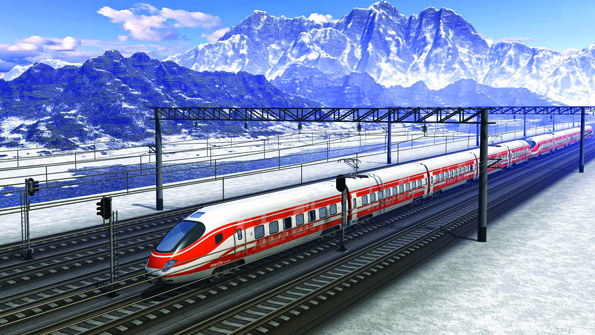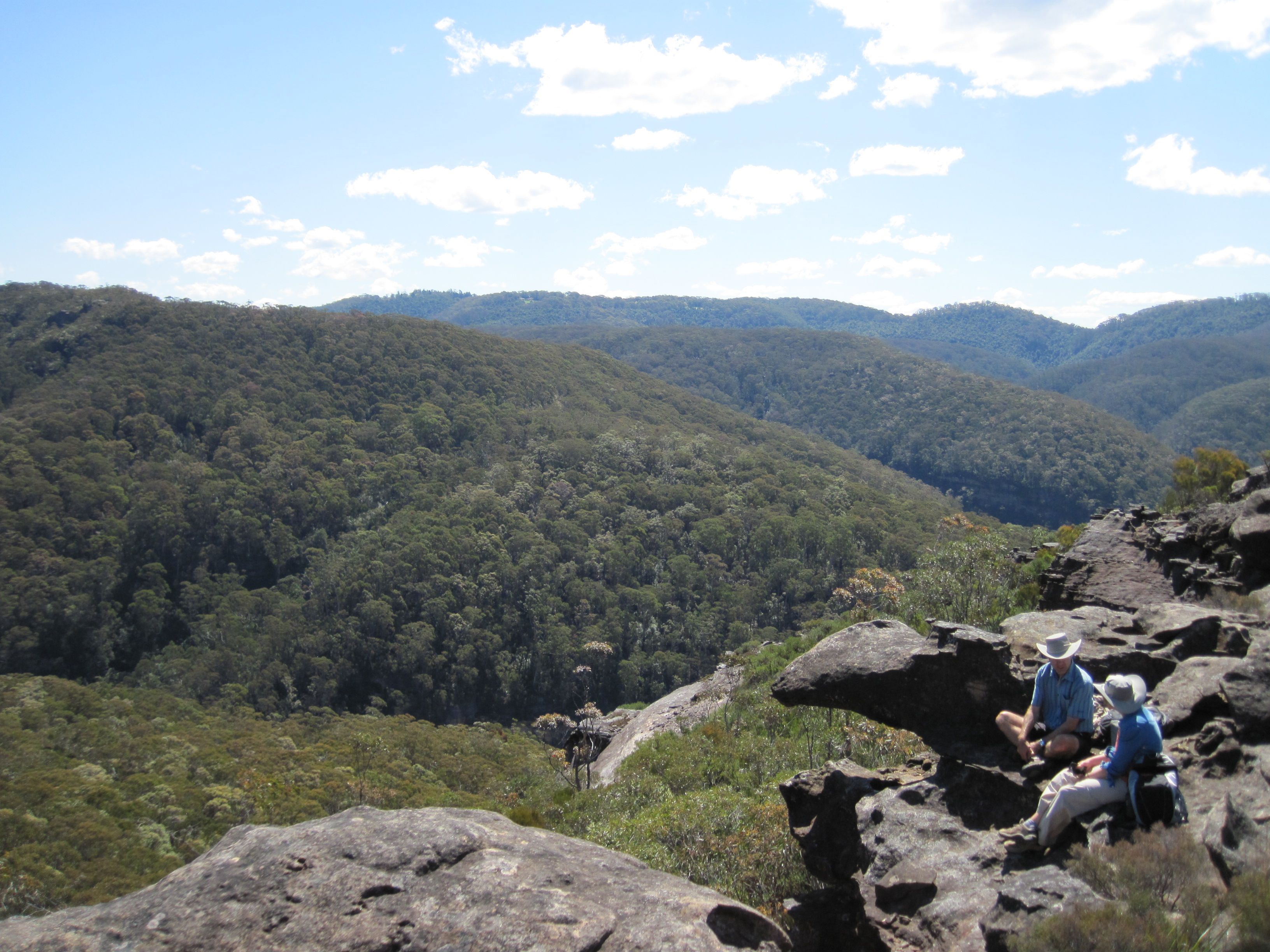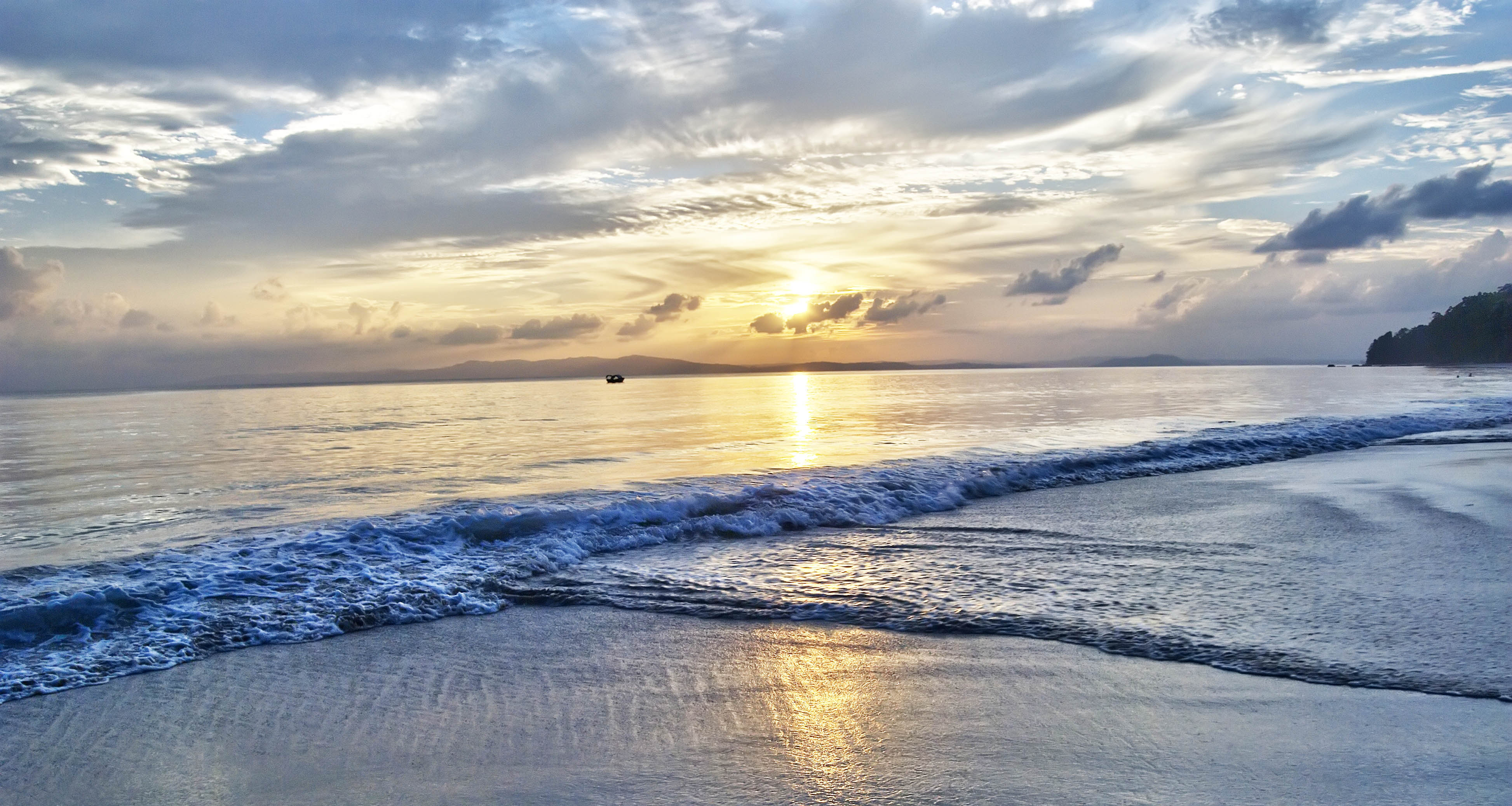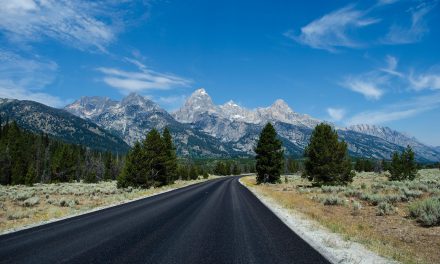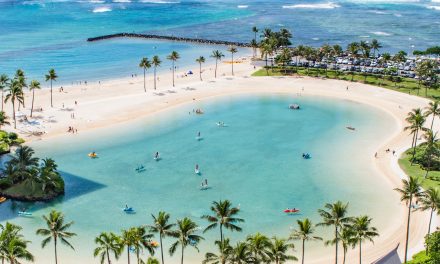For someone travelling to Japan without skis in the middle of her coldest winter in more than 30 years the first question everyone asks are why are you going and where is Tohoku?
Tohoku is the north eastern area of the Honshu Island (Japan’s largest island) and it is divided in seven prefectures. It prides itself on being the heartbeat of Japan as this is the area which has the rice paddies, the salmon farms and is also the traditional snow skiing region of Japan.
Mount Zao is an active volcano and is located on the border of Yamagata and Miyagi prefectures. It has spectacular Ice Monsters of the Zao Mountains – the mysterious winter phenomenon created by a unique climate meeting of Russia and Japan. Dry winds from Siberia combine with the moisture over the Sea of Japan and when these winds collide with the Maries’ Fir trees on the mountain and freeze, it creates a work of natural art which looks like an Ice Monster, or some surreal beast, sculpted from snow. A forest full of Fir trees covered in snow and looking like Ice Monsters attracts people to Tohoku region from around the world in winter.
Another great attraction on the Zao Mountain is the statue of a meditating Buddha, which was covered up to its neck under the snow in February. It is striking statue on top of the snow covered Mt Zao and gives visitors a purpose to venture out in minus 13 degrees.
Iwate Prefecture
Iwate Snow Festival at Koiwai Farms
In winter you have to expect snow festivals in almost every country, but to visit the Snow Festival of Iwate is awe inspiring. They had transported more than 1400 truckloads of snow to make huge and inspiring sculptures to entertain both young and old. The maze was brilliant and restaurants in the igloos were a real novelty. A family rents an igloo for an hour or so and have their hot meal inside – amazing since there is a stove used to make the hot pot and the igloo does not melt. They are also private rooms for meals in a very public place so I must book an igloo for dinner next time.
All the ice sculptures are lighted at night creating a sight to behold. What does one need when the temperature is below zero? Ice cream, of course. There is a long queue for the Softie Ice Cream, but Koiwai Farm has THE BEST ice cream in the world and visitors cannot leave Iwate without tasting it.
Niigata Prefecture
Salmon museum and historic houses
A place where a humble fish has a museum dedicated to it says a lot about the Japanese and seafood. Murakami Salmon Museum displays information about the salmon species, growing method and the history of salmon breeding in captivity. And the museum guide is so enthusiastic it rubs off onto the visitors.
Murakami is a peaceful country town and the salmon preservation house, sake house and the old teahouse coupled with snow-covered historic houses creates a beautiful street scrape and very little traffic makes strolling in this town a real pleasure.
Fukushima Prefecture
Tsuruga Castle home to the Samurai
Tsuruga Castle at Aizu-Wakamatsu Town in the Fukushima prefecture was originally built in 1368 but was destroyed after changing hands over the centuries amongst the warring Samurai clans. It has a long and proud Samurai history. The castle was rebuilt in the 1960s and is surrounded by a beautiful park. In winter there is a candle festival at this castle and this year there were over 7000 art candles were used. The night was so beautiful and dreamy you forget about the cold and queue to get your photos taken with the fierce-looking Samurai warriors.
Aizu Sake Museum holds smooth skin secret
Aizu contains three ingredients needed to brew good quality sake: high quality rice, pure water and cold weather. The best by-product of these three ingredients has not only been the great tasting sake of the Aizu region, but the perfect smooth hands of the sake brewers, as was discovered by Proctor and Gamble (P&G). P&G launched a skin care range based on the special yeast Pitera which is present in the yeast fermentation process for sake. Since Aizu’s sake brewers could avail themselves to these three things before the advent of modern technology, the region has had a long tradition of sake brewing and very smooth hands of the sake brewers.
The Aizu Sake Museum offers visitors a look at both Aizu’s sake brewing history and the sake making process. Both modern and traditional sake making equipment is on display. Adding to the enjoyment of a visit, some sake sampling opportunities are available.
Hanamaki Wanko Soba all Japan noodle eating competition
Some of the funniest moments came when watching the Soba noodle eating competition. As many as 100 bowls of Soba noodles were sculled down in three minutes by children as young as 10. At the ringing of the bell on completion of the three minutes the audience was feeling quite sorry for the participants, but it was a hilarious sight to see the faces and the last bowl of noodles kept in the mouth instead of being swallowed.
For a nation which is so healthy and fitness-conscious seeing this all you can eat competition brought the smiles on the visitors’ faces and lasting memories.

